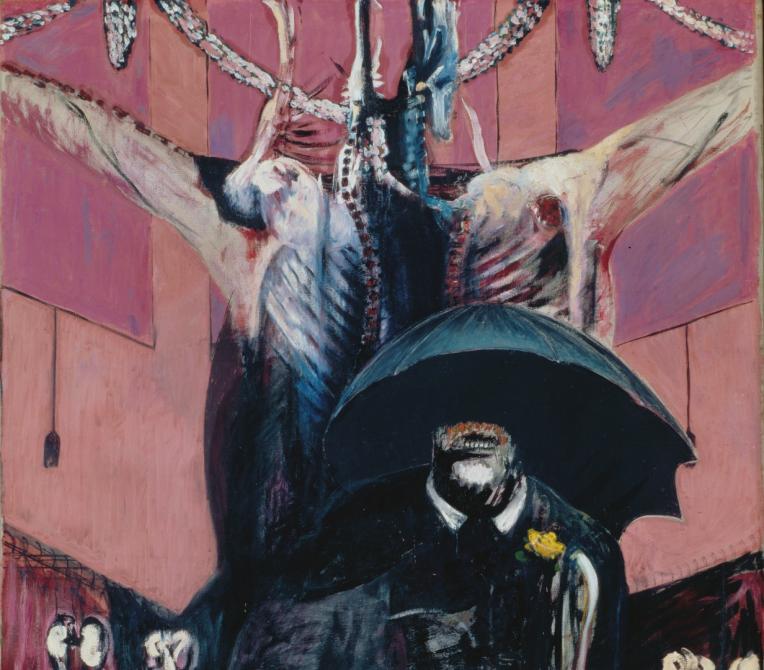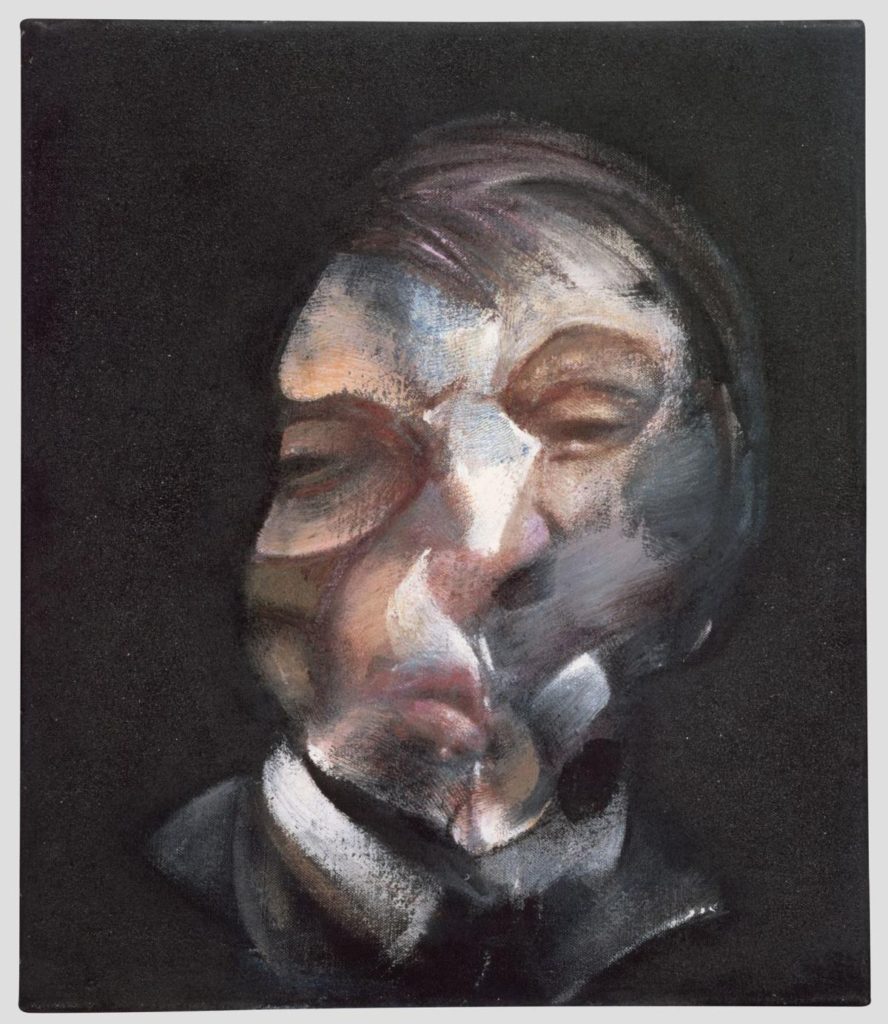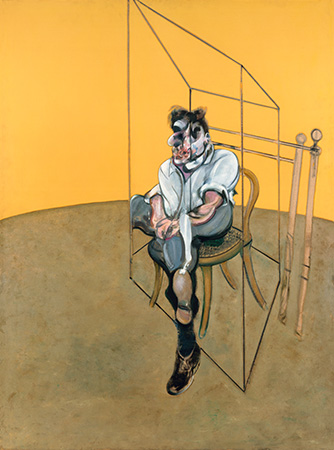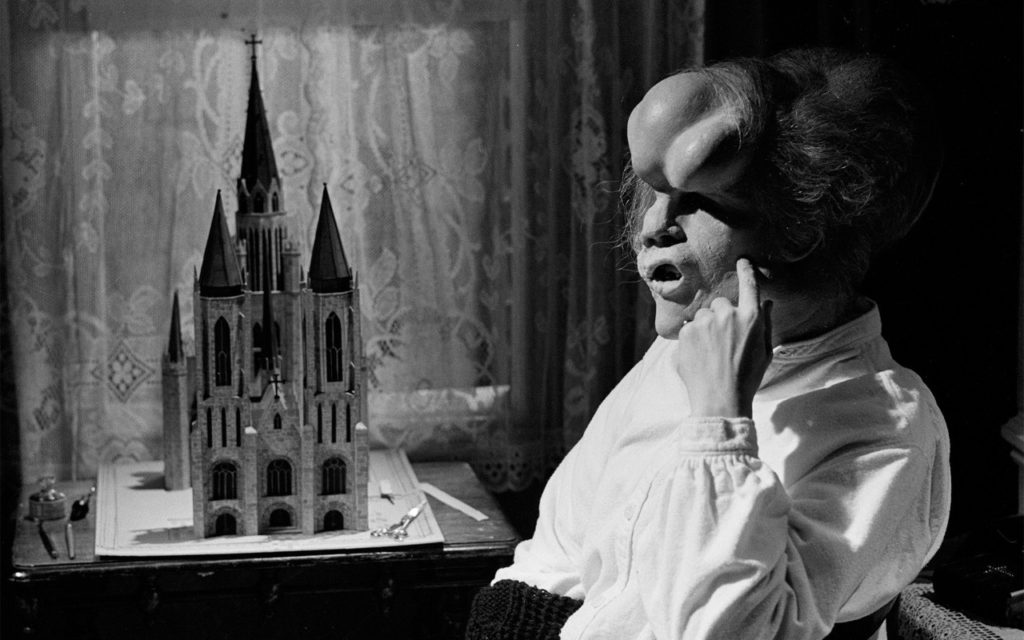The First Famous Surrealist – Pauline Kael
“We think we understand the rules when we become adults but what we really experience is a narrowing of the imagination.”
― David Lynch
Gripping the audiences imagination is one of Lynch’s true talents when it comes to the film industry. Although he started off as an artist, his artistic skills contribute to his films and they start to make more sense when you remember where he started. Most of his film have very little dialogue and if they do it’s because its used more as poetry and each line has a purpose and specific meaning. Similar to how he frames each scene; each one is framed a certain way and creates a particular feeling with the viewers and often it leaves them mildly disturbed. Being one the biggest contributors to surrealist film industry, you would think that Lynch’s work would be fairly mainstream although it is quite the opposite. Although he is mostly a film maker now he felt as if he wanted to be known more as an artist, who typically won’t be as well known as a film maker. His most famous film (his debut film), Eraserhead, still stands as a benchmark in surrealist horror, and Lynch would go on to define surrealism in film through his later works Blue Velvet, Twin Peaks, Lost Highway, Mulholland Drive and Inland Empire. But what gives Lynch’s strange masterworks their strange ominous feeling upon his fans and longevity is his keen artistic eye; his fascination with the light and dark of American life, and his brilliant command of unique character and melodrama. It’s a powerful and heady combination of strange and amazing; a combination that has earned David Lynch a legion of devoted fans and earned him a place as one of the greatest filmmakers in history.
Inspiration: Francis Bacon
At the beginning of David Lynch’s Career he found inspiration through the famous and wealthy, Francis Bacon was an Irish figurative painter, who was influenced in his earlier years by Picasso and surrealism. His most expensive painting was a staggering $142 million! His unique expressionist and deeply disturbing style of painting, which emerged during the 1950s, featured pictures of people screaming or in pain and often portrayed inside bathrooms or cages. Arguably this painter of the twentieth century, was also for forty years the most controversial. Bacon’s art often appears deliberately disturbing. His subject was the human form. Bacon reinterpreted the physical construction of the body with a new and unsettling intensity. To him it was something to be taken apart by the artist’s penetrating gaze and then put back together again on canvas. He forces us to see, perhaps for the first time, the separate shapes and stresses hidden in the familiar human figure. The way Bacon painted his faces could be especially challenging. In his portraits, generally of people the artist knew well, the subjects are sometimes shown screaming. Due to his paintings, he was often called an Expressionist or even a Surrealist, Bacon himself strongly rejected both labels. He insisted that in its own way his work was close to the world we see every day, remaining true to what he called “the brutality of fact.”
Surrealism was a movement in literature and art, that now links in to photography and film making, which was popular between the First and Second World Wars. It was founded by the poet André Breton and the movement emphasised the importance of unconscious thought as a starting-point for creativity, inspired by the work of Sigmund Freud. Surrealist artworks are signified by their juxtaposition of incongruous imagery and figurative, typically photo-realistic style.







Three Studies of Lucian Freud







